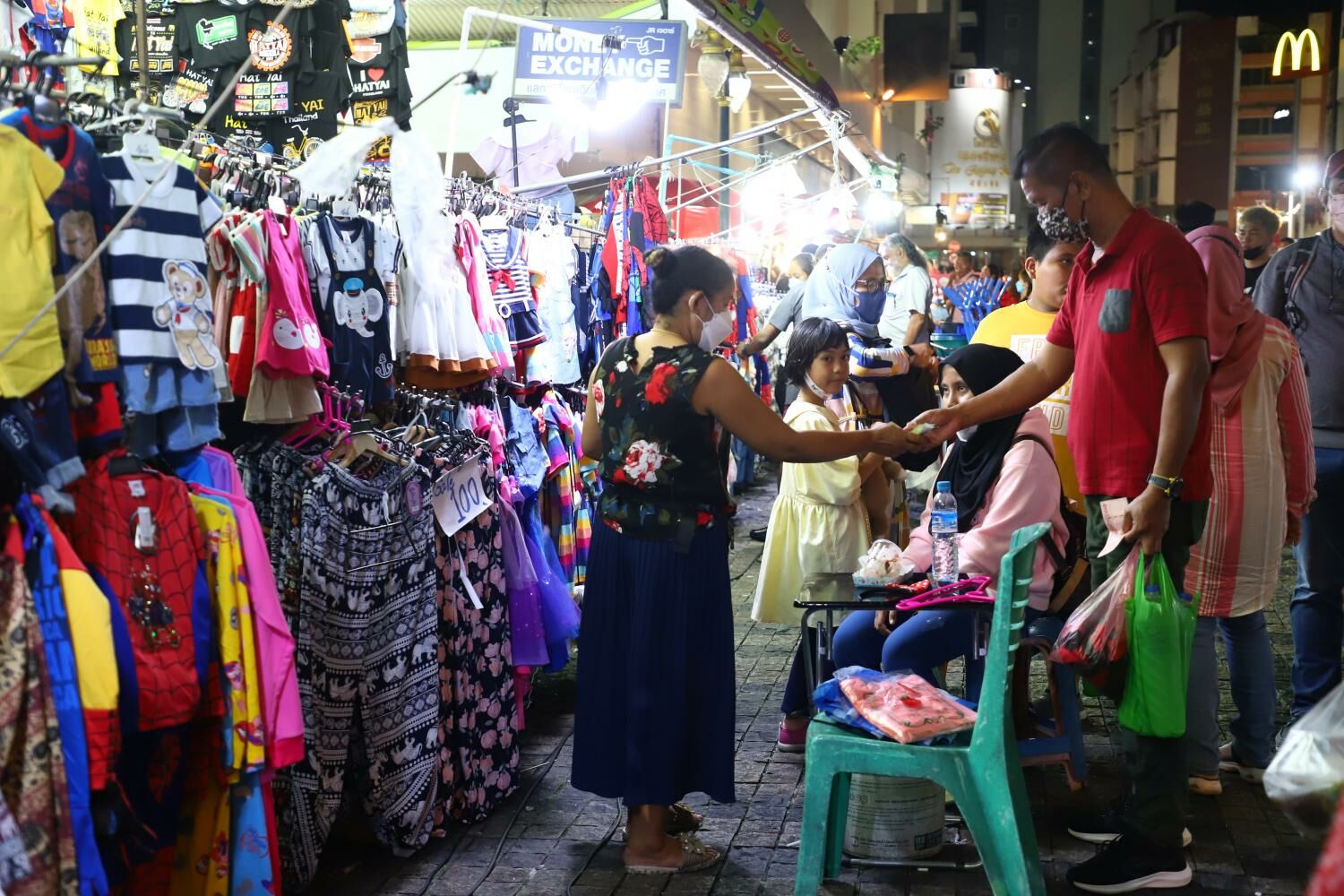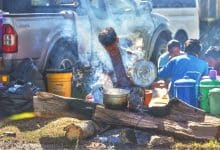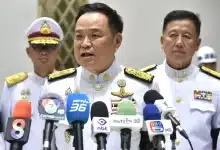Scrapping immigration forms may boost Malaysian tourist influx in Thailand

Tourism professionals in Songkhla have voiced their desire for the discontinuation of the TM6 immigration paperwork as an additional border checkpoint and the eradication of extra-time service charges, as these measures continue to slow the influx of tourists from Malaysia.
The government gave its approval this week to scrap the TM6 forms from November 1 to April 30, 2024, at the Sadao immigration checkpoint in Songkhla.
By October 22, the count of arrivals from Malaysia had reached 3.54 million, surpassing the 2.7 million visitors from China. The Tourism Authority of Thailand anticipates the Malaysian market to surpass the record of 4.2 million arrivals set in 2019.
Songchai Mungprasithichai, the leader of the Songkhla Tourism Promotion Association, highlighted that there are typically between 500 and 600 individuals passing through the Sadao checkpoint every hour during holiday periods, leading to tourists being held up at borders for up to an hour. He noted that although the suspension of the TM6 form would ease the flow of tourists, it could also attract visitors who usually enter via other checkpoints, resulting in further congestion.
To mitigate overcrowding at certain checkpoints, Songchai proposed that the government also abolish the forms at the second-busiest checkpoint, Padang Besar, located 10 kilometres from Sadao.
He also suggested that the Betong entry point in Yala and the Wang Prachan gateway in Satun be exempted from the form collection process, as these sites typically attract tourists from Malaysia and could assist in managing the volume of visitors in Songkhla, reported Bangkok Post.
Service fees
Songchai identified another obstacle for tourists travelling by land as the fee charged for extra-time service between 5 and 9am, 12 and 1pm, and 4.30 and 11pm. Each individual must pay 20 baht (US$0.55), while tour buses are charged 500 baht (US$14).
Even with the TM6 exemption, Songchai explained that tourists often encounter long queues to pay this fee if they enter outside of standard working hours.
He also stated that southern tourism operators wish for the government to lift restrictions on Malaysian tour buses, which are currently only permitted to travel within Songkhla.
This limitation, which was introduced in 2014, has resulted in the tourism sector losing 50,000 to 60,000 visitors each month, as a significant number of Malaysian tourists are keen to visit other provinces to participate in annual events, such as those held at the Wat Phra Mahathat Woramahawihan in Nakhon Si Thammarat.
These tourists also wish to travel to coastal provinces such as Phuket, Krabi, and Surat Thani, according to Songchai.
“Songkhla is home to approximately 30 tourism operators capable of arranging direct flights to these provinces. However, we must also consider the small businesses along the roads that would lose revenue if tourists opted to fly directly to their destinations rather than taking the scenic route on tour buses as they have done for the past decade.”
Latest Thailand News
Follow The Thaiger on Google News:


























